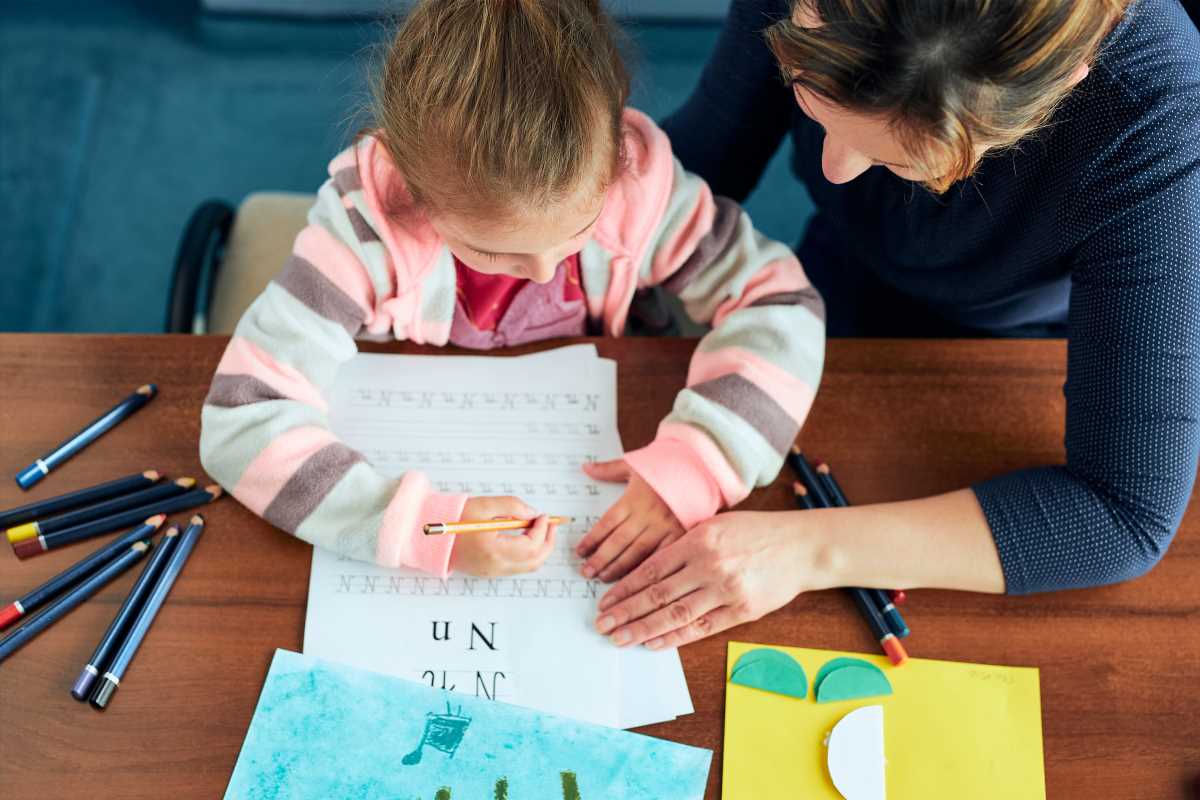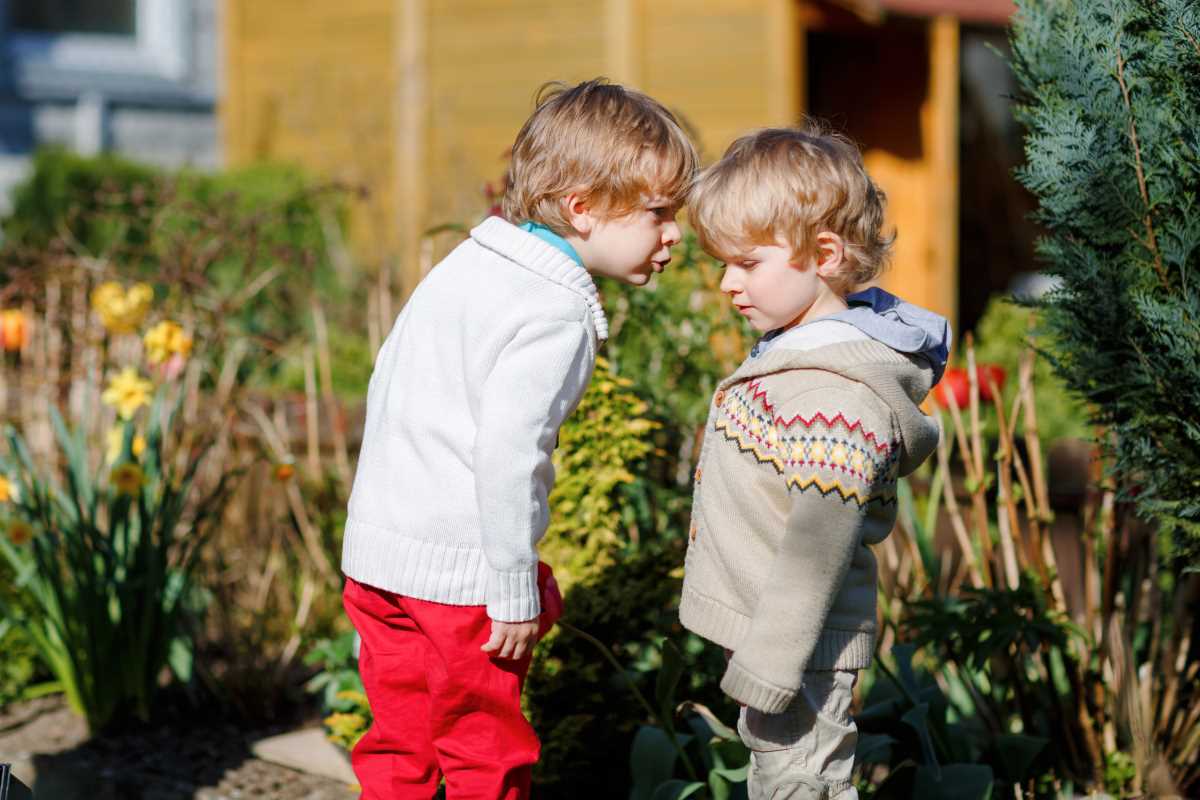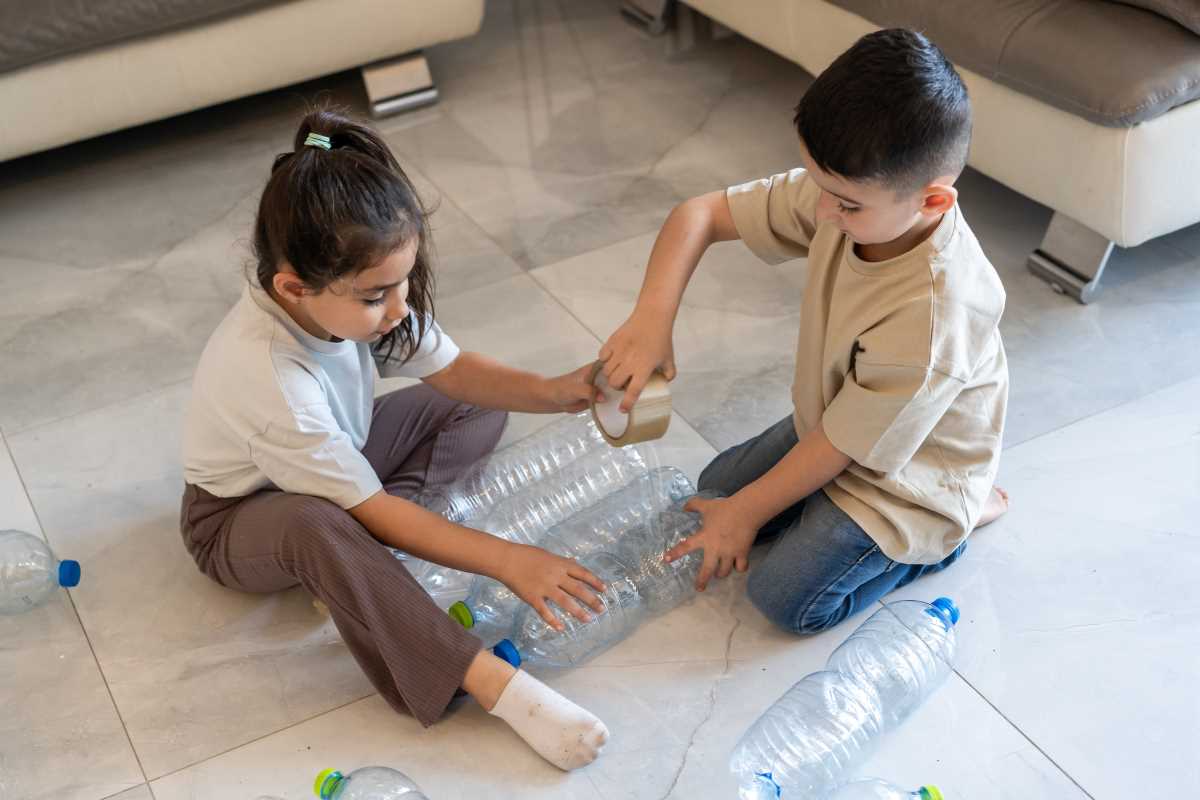Curiosity often begins at home, where everyday routines become opportunities for discovery. Small moments—whether baking together, taking apart a toy, or sharing stories—can spark questions and inspire new interests. When parents encourage exploration during regular activities, children naturally develop a passion for learning. Turning ordinary experiences into playful adventures helps young minds see the world as full of possibilities. With a little encouragement and some creative thinking, families can transform daily life into a welcoming space where children feel inspired to experiment, ask questions, and grow into confident learners who are eager to explore the topics that interest them most.
Keep language upbeat and clear, celebrate small wins, and gently guide when challenges arise. Whether you’re cooking a meal together or sorting recycling bins, each moment offers a chance to pause, ask questions, and celebrate insights. With enthusiasm and a little planning, you can create an environment where exploration feels natural and enjoyable.
Encouraging Every Child’s Curiosity
Children’s natural fascination with the world around them flourishes when you offer context and connect lessons to their interests. Instead of drilling facts, ask open questions: “What happens if we mix these colors?” or “Why do leaves change shape?” By positioning yourself as a curious partner, you invite your child to take ownership of their own exploration.
Encourage them to record observations in a simple journal, sketch diagrams, and talk through ideas aloud. This approach sparks lively conversations and reinforces skills in communication, critical thinking, and creativity.
Turning Daily Moments into Learning Adventures
Use routine tasks as chances for inquiry. During mealtime prep, sort ingredients by color or shape, then discuss why certain foods change during cooking. At the grocery store, compare price per ounce to teach budgeting. Enlist your child’s help and encourage them to lead each step, boosting confidence in problem-solving.
In the backyard, collect leaves for science investigations, charting which ones float or sink. On a rainy afternoon, turn paper scraps into simple paper-folding projects that introduce concepts of symmetry. By embedding questions and discovery prompts into familiar settings, you help your child learn something new in each moment.
Practical Strategies You Can Use
- Set up a kitchen science station with jars of household items like baking soda, vinegar, and food coloring. Invite your child to predict reactions, mix ingredients, and note observations. This turns snack time into a mini-lab that trains them to make hypotheses before experimenting.
- Create a neighborhood nature scavenger hunt. Make a checklist of local plants, insects, and rocks. Provide a simple camera or tablet for photo documentation. This game boosts observation skills and encourages outdoor exploration even during short walks.
- Build a home library corner categorized by theme—animals, space, myths. Offer sticky notes for kids to add book reviews or draw cover art. Rotating themes monthly keeps interest high and helps develop organizational and reflection skills in a fun way.
- Assemble a basic coding kit using free visual programming platforms. Challenge your child to design a simple interactive story or game. Completing this project improves logical reasoning and teaches perseverance when facing bugs in the code.
- Frame a weekly “design challenge” where your child invents a model bridge or tower using recyclables. Supply tape, scissors, and measuring tools. Encourage testing weight limits with small toys. This hands-on engineering activity combines math, creativity, and trial-and-error learning.
Numbered lists like this one help you present step-by-step ideas clearly and engage kids in structured projects. Each project develops transferable skills, from observational habits to creative problem-solving, and offers natural checkpoints for celebrating progress.
Reliable Tools and Resources
Khan Academy Kids
Type: Education App | Release Year: 2018
- Features: Interactive lessons in math, reading, logic, and emotional learning; fully adaptive to each child’s level.
- Cost: Free
- Insider Tip: Enable “Challenge Mode” to encourage short daily streaks with virtual badges that reward consistency.
Duolingo
Type: Language Learning App | Platforms: iOS & Android
- Features: Game-style lessons for vocabulary and grammar in 30+ languages; fun visuals and progress tracking.
- Cost: Free (with optional ad-free subscription)
- Insider Tip: Set daily reminders during low-activity hours to help your child build and maintain a steady language-learning habit.
Scratch
Type: Coding Platform | Launch Year: 2007
- Features: Visual block-based programming for kids to create games, stories, and animations; works online or offline.
- Cost: Free
- Insider Tip: Search for “beginner” tutorials in the Scratch community to help your child follow step-by-step guides for building their first interactive projects.
National Geographic Kids
Type: Magazine & Website | Established: 2009
- Features: Animal facts, science stories, quizzes, puzzles, and videos supported by striking photography.
- Cost: Subscriptions start under $20/year (print + digital access)
- Insider Tip: Use the “Photo of the Day” as a springboard for a weekly family mini-research challenge—great for exploring topics like habitats and adaptations.
Audible
Type: Audiobook Service | Since: 2000
- Features: Thousands of children’s titles from picture books to middle-grade series; includes free rotating collections.
- Cost: Plans start at ~$7.95/month
- Insider Tip: Pause stories at dramatic moments and ask your child to predict what happens next—this builds comprehension and encourages storytelling instincts.
Each resource offers a different way to engage, from interactive screens to hands-on experiments. When you combine these tools with brief, daily routines, you create a well-rounded learning environment that taps into your child's curiosity and develops diverse skills.
Next Steps
Choose one idea to try this week and let your child take the lead. Reflect together on what they enjoyed and what sparked their curiosity. With small adjustments and shared excitement, you’ll nurture a love of learning that grows stronger every day.







